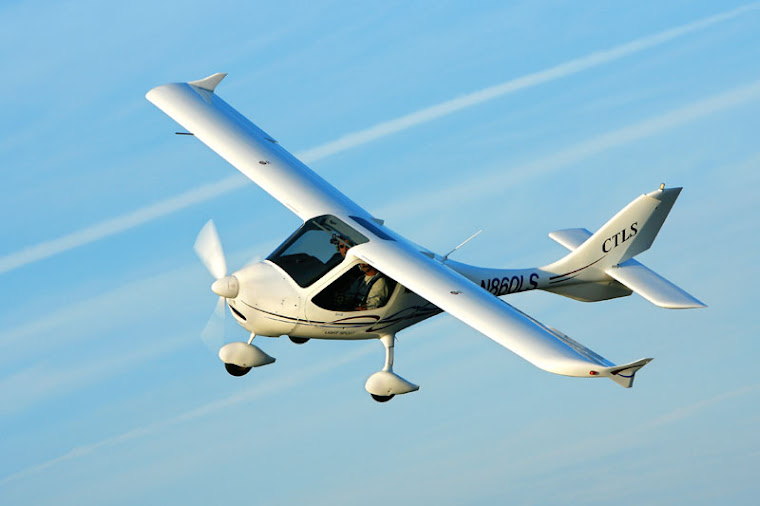According to the Aircraft Partnership Association (APA), the primary constraint on all recreational-use vehicles is – available time!
Since the majority of powersports (aka motorsports) buyers are wage-earners and small business owners (still working and earning a living), recreational enjoyment is usually constrained to evenings, weekends, holidays and vacations. Due to these constraints, and other variables like weather, the average annual hours of recreational vehicle usage – which includes traditional powersports vehicles such as ATVs, snowmobiles, fishing boats, RVs, etc. – ranges from 50 to 100 hours per year. Thus, powersports equipment is typically under-utilized by its sole owner.
The APA concluded that personal aircraft mean ownership and operating costs are surprisingly similar to powersports vehicles. The APA calculated that median powersports vehicle usage costs range from between $50 to $150 per hour – about the same range as that of many single-engine piston personal aircraft. In addition, aircraft enjoy a much longer operational life than other types of powersports vehicles – and retain value for decades! This much slower depreciation makes shared ownership of personal aircraft extremely compelling to the broader powersports market – as it offers the unique opportunity for selling 3 to 5 years down the road – and buying newer or pocketing the proceeds. This same benefit is typically not available to other traditional powersports vehicles due to generally steep depreciation experiences. Therefore, shared ownership of personal aircraft is highly compelling and achievable, especially when personal aircraft are used for recreation or training purposes. Likewise, according to the APA, scheduling conflicts, usually a concern for most aircraft partnerships, are rare or easily manageable in most shared arrangements where recreational usage is characteristically lower.
According to the APA, the most common misconception of the recreational powersports buyer is that personal aircraft used for recreational aviation (i.e. recreational sport flying) are much more expensive to own and operate than traditional recreational powersports equipment. However, the APA dispels this notion by concluding that the hourly costs or rates are actually comparable as long as unit price or acquisition cost is shared.
Therefore, sole ownership of a personal aircraft is truly not prudent in the world of recreational sport flying or recreational aviation. However, shared ownership is very practical and prudent – and also vital to penetrating the larger powersports market. The APA strongly believes that the more quickly the current GA community refines the means for shared ownership, the sooner will we see increased sales to the untapped recreational powersports market and perhaps a revival in general aviation.
In its conclusion, the APA strongly believes that the GA community has a harsh choice to make at this juncture – either sell shared aircraft ownership to the powersports market to increase sales or learn to be content with a shrinking and aging single-engine personal aircraft market.
It’s time to think outside the box and fully embrace shared aircraft ownership as the “new normal” in order to revitalize recreational general aviation in the US. Shared aircraft ownership makes recreational sport flying as affordable as most traditional powersports pursuits, and also opens the door to a $44+ billion broader market. It’s a win-win for all!



No comments:
Post a Comment